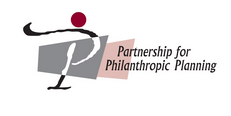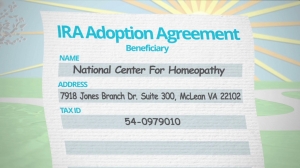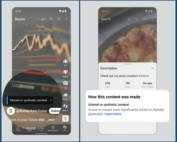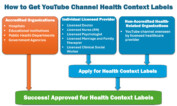The 2014 National Conference on Philanthropic Planning (NCPP) in Anaheim, California, the national event of the Partnership for Philanthropic Planning had many fascinating presentations to improve planned giving marketing. One of great interest to nonprofit fundraisers and marketers was “Golden Nuggets from Ivory Towers: Recent Powerful Research Impacting Gift Planning” by Professor Russell James of Texas Tech University and Bryan Clontz, President of Charitable Solutions, LLC. The slide deck, Mythbusters: Planned Giving Edition, reveals many insights that solid research can offer for choosing words and the style of your fundraising communications.
Words matter in fundraising and planned giving marketing
One central insight from Dr. James’s research is that language matters. In your planned giving marketing, as well as other fundraising, using the right terminology makes it far more likely you will expand your donor base. For planned giving, technical language is especially unlikely to attract the gifts you want. Here’s a breakdown of some of the language the presentation categorized:
- Good: “Make a gift.” Not as good: “Make a transfer of assets.”
- Good: “Make a gift to charity in your will.” Not as good: “Make a bequest.”
- Good: “Receive a tax deduction and make a gift that pays you income for life.” Not as good: (Any sentences that uses) “Charitable remainder trust.”
- Good: “Honor a friend or family member by making a memorial gift.”

Other critical insights relate to storytelling. First, stories gain effectiveness with older donors because verbal acuity doesn’t decline with age, while mathematical acuity does. Centering planned giving fundraising marketing around storytelling therefore helps older donors to feel sharp and enjoy their experience of your communications.
Another key tip—living donor stories outperform deceased donor stories, as donors want to avoid thoughts of their own mortality. This is a reason that donor testimonial videos and donor story videos featuring donors who share commonalities with the target audience are becoming more and more popular in planned giving marketing.
Planned giving video that incorporates research findings will improve your program
MiniMatters had exciting news to share at NCPP, as well. We’ve introduced short planned giving marketing videos customizable to your organization’s branding and tax information.
As Dr. James’s research suggests, our opening question, “Why not make a legacy gift?” uses “gift” language likely to attract donors. And even though the video focuses on the key donation vehicle of beneficiary designations, it does this through a visual story of donors growing older and contributing through planned giving to an organization that matters to them. The short package is made complete as a planned giving marketing tool by the visual image of a beneficiary designation form with the organization’s tax information—making the information easily accessible and showing a clear action donors can take. “Why not make a legacy gift?” therefore also makes a great accompaniment on a web page to more comprehensive donor story videos.
Dr. James’s research reveals the power of storytelling and the importance of reaching people’s hearts. MiniMatters will continue to use research-based insights to make videos that speak to the audience you wish to reach.




